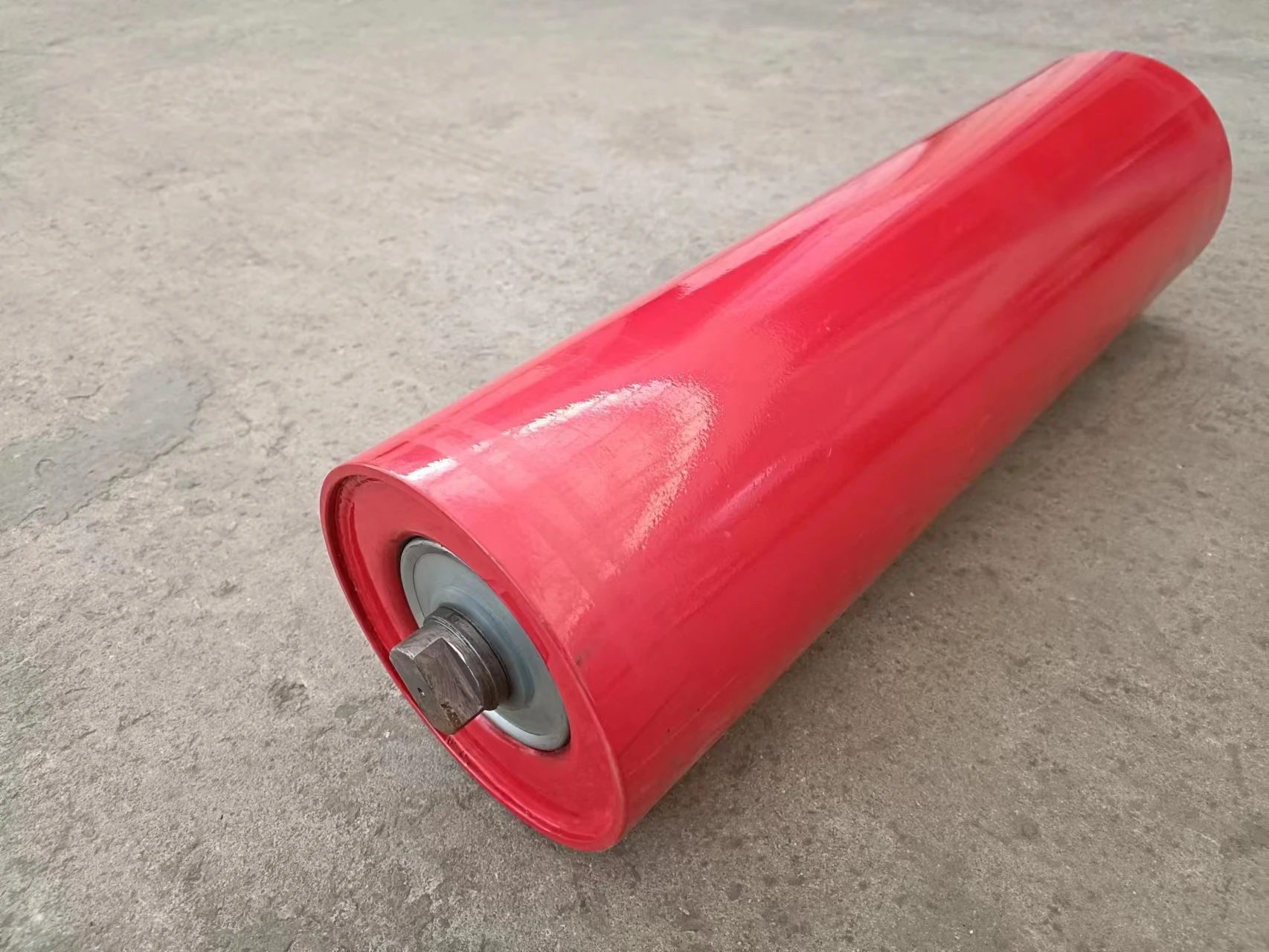 Afrikaans
Afrikaans  Albanian
Albanian  Amharic
Amharic  Arabic
Arabic  Armenian
Armenian  Azerbaijani
Azerbaijani  Basque
Basque  Belarusian
Belarusian  Bengali
Bengali  Bosnian
Bosnian  Bulgarian
Bulgarian  Catalan
Catalan  Cebuano
Cebuano  Corsican
Corsican  Croatian
Croatian  Czech
Czech  Danish
Danish  Dutch
Dutch  English
English  Esperanto
Esperanto  Estonian
Estonian  Finnish
Finnish  French
French  Frisian
Frisian  Galician
Galician  Georgian
Georgian  German
German  Greek
Greek  Gujarati
Gujarati  Haitian Creole
Haitian Creole  hausa
hausa  hawaiian
hawaiian  Hebrew
Hebrew  Hindi
Hindi  Miao
Miao  Hungarian
Hungarian  Icelandic
Icelandic  igbo
igbo  Indonesian
Indonesian  irish
irish  Italian
Italian  Japanese
Japanese  Javanese
Javanese  Kannada
Kannada  kazakh
kazakh  Khmer
Khmer  Rwandese
Rwandese  Korean
Korean  Kurdish
Kurdish  Kyrgyz
Kyrgyz  Lao
Lao  Latin
Latin  Latvian
Latvian  Lithuanian
Lithuanian  Luxembourgish
Luxembourgish  Macedonian
Macedonian  Malgashi
Malgashi  Malay
Malay  Malayalam
Malayalam  Maltese
Maltese  Maori
Maori  Marathi
Marathi  Mongolian
Mongolian  Myanmar
Myanmar  Nepali
Nepali  Norwegian
Norwegian  Norwegian
Norwegian  Occitan
Occitan  Pashto
Pashto  Persian
Persian  Polish
Polish  Portuguese
Portuguese  Punjabi
Punjabi  Romanian
Romanian  Russian
Russian  Samoan
Samoan  Scottish Gaelic
Scottish Gaelic  Serbian
Serbian  Sesotho
Sesotho  Shona
Shona  Sindhi
Sindhi  Sinhala
Sinhala  Slovak
Slovak  Slovenian
Slovenian  Somali
Somali  Spanish
Spanish  Sundanese
Sundanese  Swahili
Swahili  Swedish
Swedish  Tagalog
Tagalog  Tajik
Tajik  Tamil
Tamil  Tatar
Tatar  Telugu
Telugu  Thai
Thai  Turkish
Turkish  Turkmen
Turkmen  Ukrainian
Ukrainian  Urdu
Urdu  Uighur
Uighur  Uzbek
Uzbek  Vietnamese
Vietnamese  Welsh
Welsh  Bantu
Bantu  Yiddish
Yiddish  Yoruba
Yoruba  Zulu
Zulu Conveyor Pulley Selection Guide for Efficient Material Handling Solutions
Understanding Conveyor Pulley Catalogues A Comprehensive Guide
In industrial settings, efficiency and reliability are paramount, and conveyor systems play a critical role in ensuring smooth operations. One of the key components of these systems is the conveyor pulley. A conveyor pulley catalogue serves as an essential resource for manufacturers, engineers, and maintenance personnel involved in the design, selection, and upkeep of conveyor systems.
What is a Conveyor Pulley?
A conveyor pulley is a cylindrical device that is used to support and guide the conveyor belt. It is integral in the direction and movement of materials along the conveyor system. Pulley types generally include drive pulleys, tail pulleys, and bend pulleys, each serving a different function within the system. Their design and construction vary, but they usually feature robust materials to withstand heavy loads and environmental challenges.
The Importance of a Conveyor Pulley Catalogue
A conveyor pulley catalogue provides detailed information about various pulley options available in the market
. This catalogue is invaluable for selecting the right pulley type, size, and specifications that match specific operational requirements.1. Product Specifications A well-organized catalogue offers comprehensive technical specifications for each pulley type, including dimensions, weight, material construction, and load capacity. This information enables engineers to select a pulley that meets the unique demands of their conveyor system.
2. Applications and Usage The catalogue often describes applications for each pulley type, highlighting where and how they should be utilized. Understanding these applications helps users avoid common pitfalls, such as selecting a pulley not suited for high-load or high-speed operations.
conveyor pulley catalogue

3. Material Options Conveyor pulleys can be made from various materials, including steel, aluminum, and plastic. The catalogue outlines the advantages and disadvantages of each material, allowing users to make informed decisions based on environmental exposure, weight restrictions, and cost.
4. Maintenance and Durability Pulleys are subject to wear and tear, especially in heavy-duty applications. A good catalogue offers guidelines on maintenance practices, which are crucial for prolonging the life of the pulleys. It may include tips on lubrication, inspection intervals, and signs of wear to look out for.
5. Customization Options Different industries may require customized pulley solutions. A conveyor pulley catalogue often lists options for customization, such as varying diameters, thicknesses, and special coatings to enhance performance and longevity. This flexibility allows users to optimize their systems for maximum efficiency.
6. Installation Guidelines Lastly, a conveyor pulley catalogue may provide installation resources and guidelines that assist users in properly fitting and aligning the pulleys within their conveyor systems. Correct installation is essential for operational efficiency and to prevent premature wear.
Conclusion
A comprehensive conveyor pulley catalogue is more than just a list of products; it is a valuable tool that aids in decision-making processes. From choosing the right pulley type to understanding application suitability and maintenance requirements, the catalogue offers insights that enhance the overall efficiency of conveyor systems.
Investing time in understanding the information presented in these catalogues can lead to significant operational benefits, including reduced downtime, lower maintenance costs, and improved material handling processes. For anyone involved in conveyor system operations, gaining familiarity with conveyor pulley catalogues is essential for achieving optimal performance and reliability in their material handling solutions.
-
Revolutionizing Conveyor Reliability with Advanced Rubber Lagging PulleysNewsJul.22,2025
-
Powering Precision and Durability with Expert Manufacturers of Conveyor ComponentsNewsJul.22,2025
-
Optimizing Conveyor Systems with Advanced Conveyor AccessoriesNewsJul.22,2025
-
Maximize Conveyor Efficiency with Quality Conveyor Idler PulleysNewsJul.22,2025
-
Future-Proof Your Conveyor System with High-Performance Polyurethane RollerNewsJul.22,2025
-
Driving Efficiency Forward with Quality Idlers and RollersNewsJul.22,2025





























